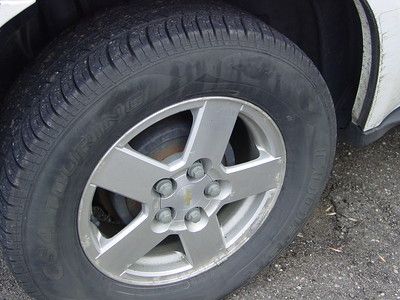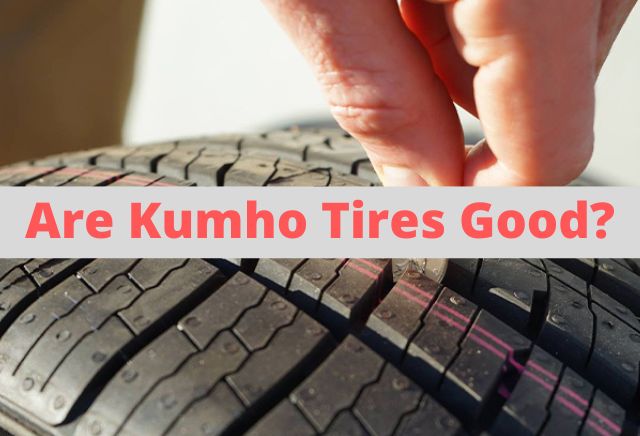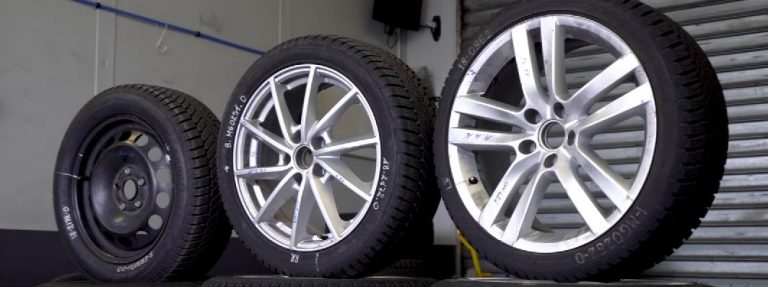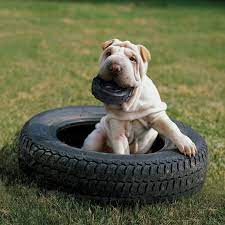Do You Need Caps On Your Tires?
Replacing your car’s tire caps is an important part of keeping your tires in good condition. Worn-out or damaged caps can allow dirt and water into the inner workings of your tires, which can lead to a flat tire. New tire caps will help keep your tires in good condition and prevent flats.
So, do you need the caps on your tire? The answer is yes! While the caps may seem like a small and unimportant part of your car, they actually play a vital role in keeping your tires healthy.
If you’re still not convinced, here are three more reasons to keep those caps on:
- They help protect your tire’s valve stem.
- They help keep your tires properly inflated.
- They help prevent dirt and debris from getting into your tires.
So, there you have it! Three good reasons to keep those tire caps on tight. Now that you know how important they are, be sure to check your caps regularly for wear and tear. And if they do start to show signs of wear, be sure to replace them right away.
How to install tire caps?
Installing new tire caps is a simple process that can be done at home with a few tools.
You will need:
-Tire caps
-Screwdriver
-Wrench
1. Jack up your car and remove the wheel. You will need to do this for each tire that you want to replace the cap on.
2. Unscrew the old tire cap and remove it from the tire.
3. Screw on the new tire cap. Make sure that it is tight so that it does not come off while you are driving.
4. Replace the wheel and lower the car.
5. Repeat for each tire.
It is important to check your tire caps every six months or when they start to show signs of wear and tear. This will help to keep your tires in good condition and prevent flats. New tire caps are relatively inexpensive and can be found at most auto parts stores. Installing them is a simple process that can be done at home with a few tools.
The purpose of tire caps
The purpose of tire caps is to protect the valve stem, keep the tire inflated, and prevent debris from getting into the tire. They are an important part of keeping your tires in good condition and should be checked regularly for wear and tear. If you notice that your tire caps are starting to show signs of wear, be sure to replace them right away.
Types of tire caps
There are two main types of tire caps:
- metal
- rubber
Metal tire caps are more durable and last longer, but they are also more expensive. Rubber tire caps are less expensive but need to be replaced more often.
Choosing the right type of tire cap for your car is a personal decision. If you are looking for a durable option that will last longer, then metal tire caps are a good choice. If you are looking for a more budget-friendly option, then rubber tire caps are a good choice.
No matter which type of tire cap you choose, be sure to check them regularly for wear and tear. And if you notice that they are starting to show signs of wear, be sure to replace them right away.
Benefits of using tire caps
Standard benefits:
– Keep your tires in good condition
– Prevent flats
– Protect the valve stem
– Keep the tire inflated
– Prevent debris from getting into the tire
Additional benefits:
– Can help you find a leak in your tire
– Can help you identify a slow leak in your tire
– Can help you identify a problem with your tire valve
Disadvantages of using tire caps
While the standard benefits of using tire caps are well known, there are also a few disadvantages to using them.
– They can be difficult to remove if you need to change the tire
– They can be lost or misplaced
– If they are not installed properly, they can come off while driving
– They can be forgotten about and left on during tire rotation or when the tire is taken off for repair
Despite these disadvantages, the benefits of using tire caps far outweigh the disadvantages. If you are looking for a way to keep your tires in good condition and prevent flats, then tire caps are a good choice. Be sure to check them regularly.
How to check tire caps for wear and tear?
Checking your tire caps for wear and tear is a simple process that can be done at home with a few tools.
You will need:
-Tire caps
-Screwdriver
-Wrench
1. Jack up your car and remove the wheel. You will need to do this for each tire that you want to check the cap on.
2. Unscrew the tire cap and remove it from the tire.
3. Inspect the tire cap for any cracks, breaks, or damage.
4. If the tire cap is damaged, replace it with a new one.
5. Repeat for each tire.
It is important to check your tire caps every six months or when they start to show signs of wear and tear. This will help to keep your tires in good condition and prevent flats. New tire caps are relatively inexpensive and can be found at most auto parts stores. Installing them is a simple process that can be done at home with a few tools.
Tips for keeping your tires in good condition
1. Check your tire pressure regularly. This will help to prevent flats and extend the life of your tires.
2. Inspect your tires for any signs of damage or wear and tear. If you notice any issues, take your car to a mechanic to have the tires repaired or replaced.
3. Rotate your tires regularly. This will help to evenly distribute the wear and tear on your tires and extend their life.
4. Keep your car clean. This will help to prevent dirt and debris from damaging your tires.
5. Store your tires properly. If you are not using your car for an extended period of time, be sure to store the tires in a cool, dry place.
By following these tips, you can help to keep your tires in good condition and extend their life. Regular maintenance is the key to keeping your tires in good shape. If you take care of them, they will take care of you.
FAQ
How often should I check my tire caps?
It is important to check your tire caps every six months or when they start to show signs of wear and tear. This will help to keep your tires in good condition and prevent flats.
How much do new tire caps cost?
New tire caps are relatively inexpensive and can be found at most auto parts stores.
What type of damage can tire caps prevent?
Tire caps can help to prevent flats, leaks, and damage to the valve stem. They can also help to keep the tire inflated and prevent debris from getting into the tire.
How do I know if my tire cap is damaged?
You will know if your tire cap is damaged if it is cracked, broken, or missing.
are tire caps universal?
No, tire caps are not universal. They are specific to the type of tire that you have. Be sure to check the size and type of your tires before purchasing tire caps.
Is it OK to drive without a tire cap?
It is not recommended to drive without a tire cap. Tire caps help to keep the tires in good condition and prevent flats. If you do not have a tire cap, be sure to check your tires regularly for any signs of damage or wear and tear.
What happens if you drive without valve caps?
If you drive without valve caps, the valve stem could become damaged or leak air. This would cause the tire to lose pressure and could lead to a flat tire.
Will a tire deflate without a cap?
A tire can deflate without a cap, but it is more likely to happen if the tire cap is damaged or missing. Be sure to check your tire caps regularly for any signs of damage or wear and tear.
Do new tires come with valve caps?
Most new tires come with valve caps. However, it is always a good idea to double-check before you purchase new tires.
Conclusion
Tire caps are an important part of keeping your tires in good condition. They help to prevent flats, protect the valve stem, and keep the tire inflated. They can also help you find a leak in your tire or identify a problem with your tire valve. Be sure to check them regularly for wear and tear.







